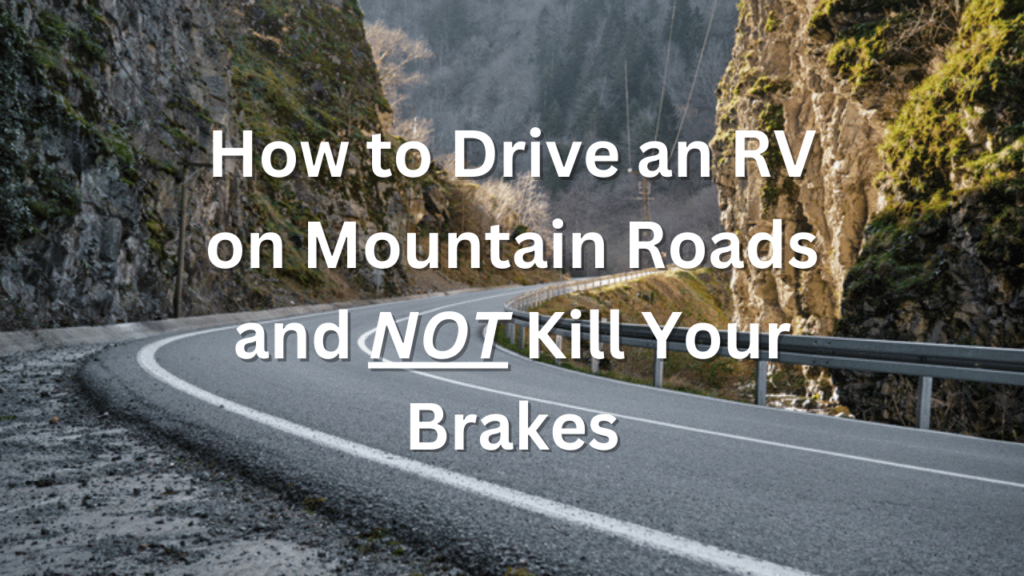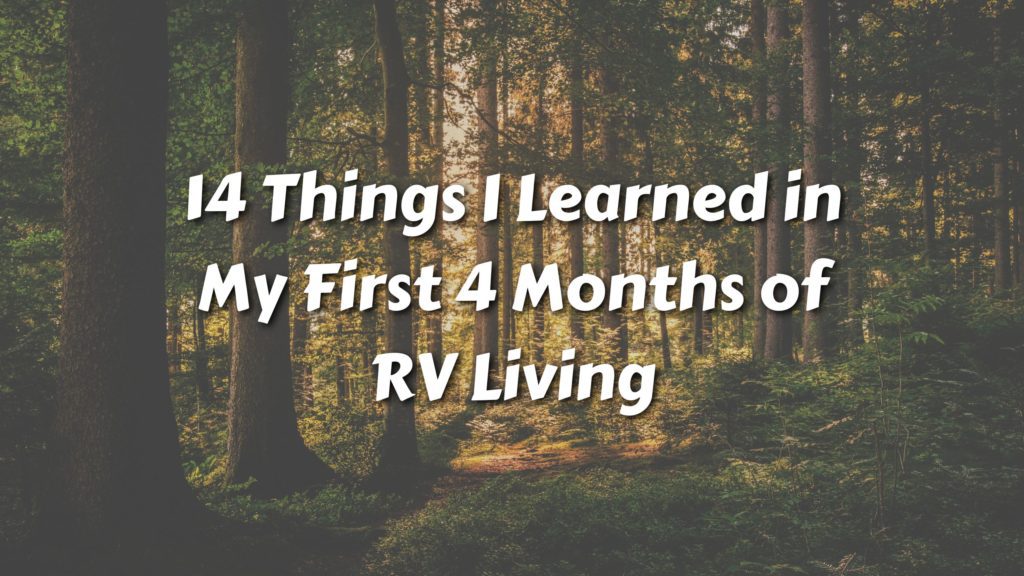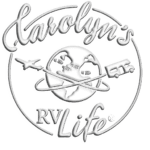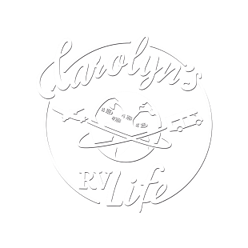Goodbye to the Southwestern Desert, Hello Sedona, AZ!

On the Road, Places Goodbye to the Southwestern Desert, Hello Sedona, AZ! Posted by Carolyn Higgins on March 15, 2017 As the spring heat closed in on the Arizona desert, it was time for me to move to higher elevations and cooler temperatures. As I left Ehrenberg for the last time this season and headed […]
How To Safely Drive Your RV on Mountain Roads

On the Road, RV Living Tips, RVing Safety Tips, Uncategorized How to Drive an RV on Mountain Roads Without Killing Your Brakes! Posted by Carolyn Higgins on March 15, 2017 I recently drove my 29’ Class C RV over two mountain passes in one day. I climbed from sea level to over 7000 feet, back […]
14 Things I Learned in My First 4 Months of RV Living

Getting Started w/ RV Living, RV Living Tips 14 Things I Learned in My First 4 Months of RV Living Posted by Carolyn Higgins on August 28, 2016 This week was my 4-month anniversary living in an RV! Last week, I posted a blog about the day I left the backyard of my suburban apartment and embarked on my […]


